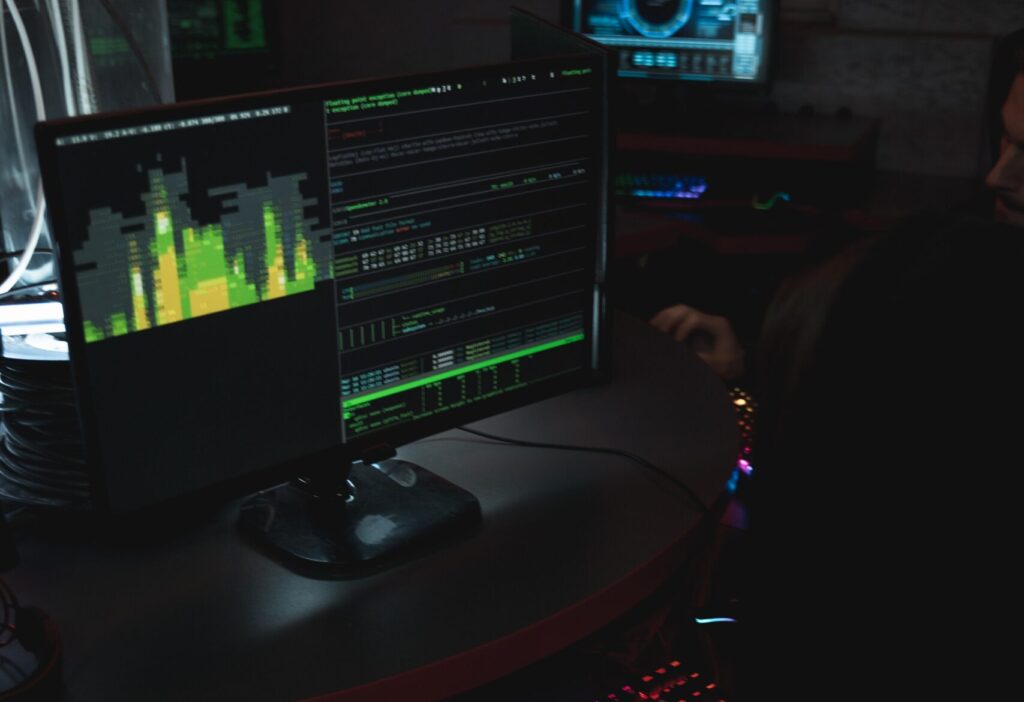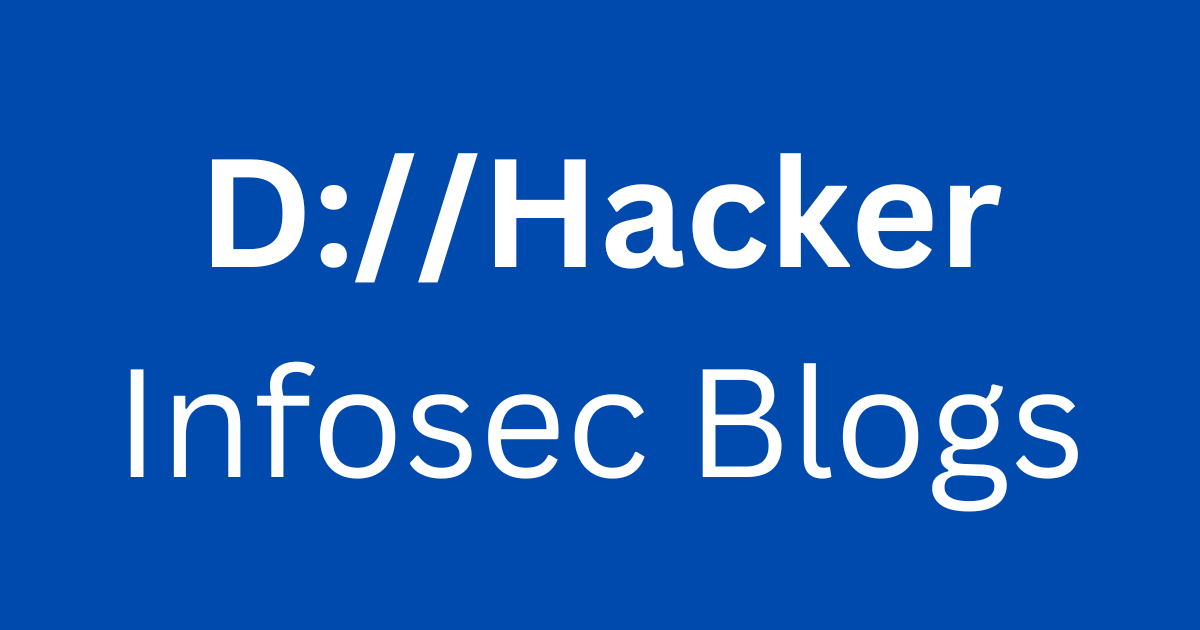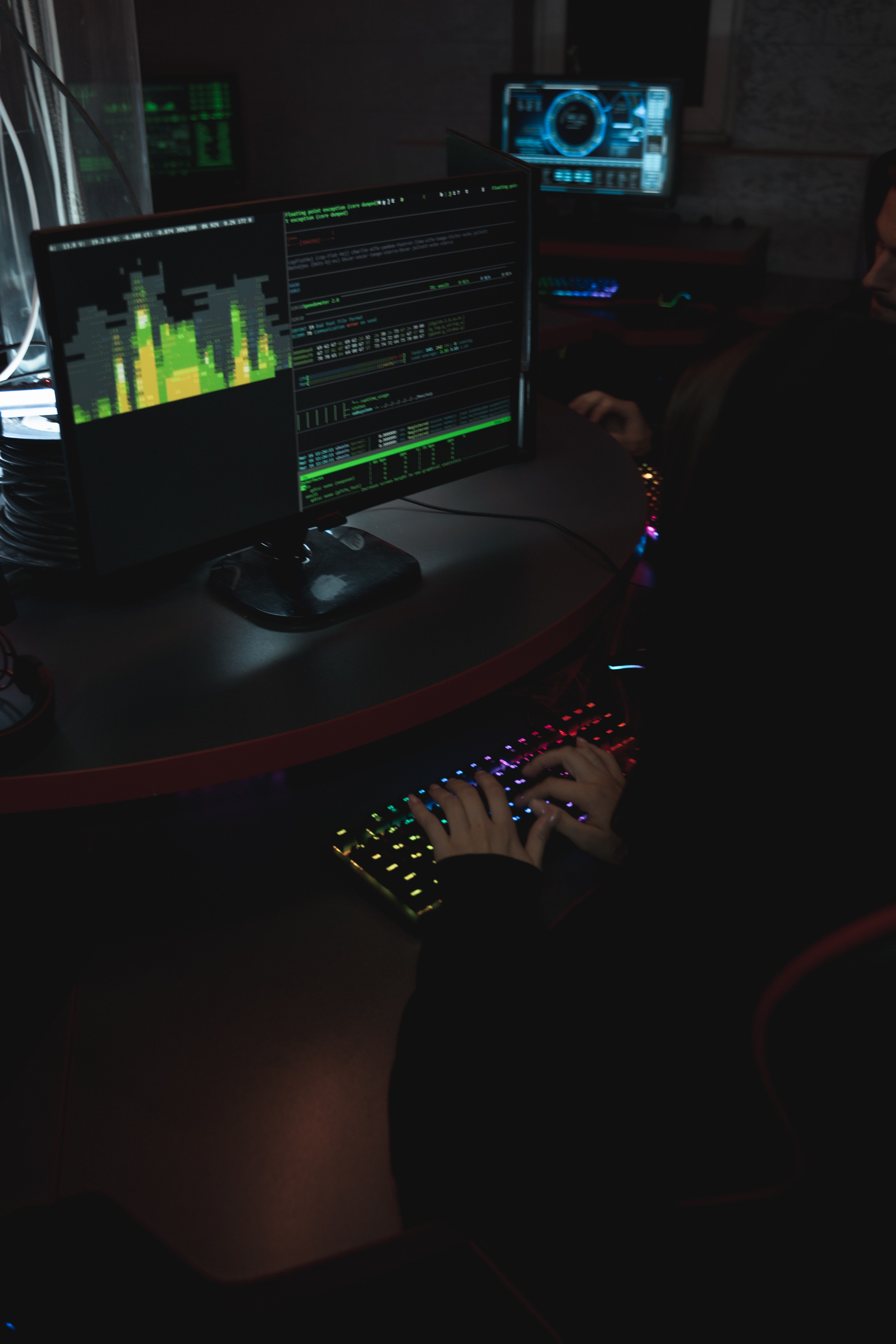Introduction
In the ever-evolving landscape of cyber threats, ransomware has emerged as one of the most sinister and destructive weapons in the hands of cybercriminals. Among the recent ransomware strains, Moveit and Akira Ransomware stand out as particularly dangerous adversaries. In this blog, we will dive into the mode of operation and the damage caused by Moveit and Akira ransomware, shedding light on the havoc they wreak upon victims.

Moveit Ransomware
Moveit is a relatively new ransomware strain that has caught the attention of cybersecurity experts due to its advanced encryption techniques and stealthy infection methods. First identified in mid-2022, Moveit quickly gained notoriety for targeting both individuals and organizations worldwide.
Mode of Operation:
Moveit is typically delivered via phishing emails containing malicious attachments or links. Once the victim clicks on the malicious content, the ransomware stealthily infiltrates the system, evading detection by security software.
Moveit employs a combination of AES and RSA encryption algorithms to encrypt the victim’s files, rendering them inaccessible.
The ransom note is then displayed, demanding a significant sum in cryptocurrency as ransom for the decryption key.
Moveit also employs anti-analysis techniques to thwart efforts to reverse-engineer the malware, making it harder for cybersecurity researchers to develop decryption tools.
Damage Done:
Moveit has wreaked havoc across various sectors, including healthcare, finance, and education.
Many victims have experienced significant data loss, affecting their day-to-day operations and causing financial losses.
Some organizations have chosen to pay the ransom to regain access to their critical data, perpetuating the ransomware’s profitability for cybercriminals.
Akira Ransomware
Akira is another potent ransomware variant that emerged in late 2022 and continued to wreak havoc in 2023. Known for its aggressive attack strategies and sophisticated encryption techniques, Akira targets large organizations with high-value data.
Mode of Operation:
Akira often enters a victim’s system through Remote Desktop Protocol (RDP) brute force attacks or phishing campaigns.
Once inside the network, Akira uses a combination of RSA and AES encryption to lock the victim’s files.
Akira’s encryption process is swift and comprehensive, leaving the victim with limited options to recover their data without the decryption key.
The ransom note, which typically demands a substantial ransom, contains instructions on how to pay and regain access to the encrypted files.
Akira uses advanced obfuscation and anti-analysis techniques to evade detection and hinder decryption efforts.
Damage Done:
Akira’s relentless attacks have caused severe disruption to businesses and critical services, resulting in financial losses and reputational damage.
Large corporations and government entities have fallen victim to Akira, facing the dilemma of whether to pay the ransom or attempt costly data recovery procedures.
Conclusion
Moveit and Akira ransomware epitomize the relentless and sophisticated nature of modern cyber threats. Their mode of operation and damage done underscore the importance of robust cybersecurity measures and user awareness in defending against ransomware attacks.
Prevention remains the most effective defense against ransomware. Regular cybersecurity training for employees, robust network security measures, and frequent data backups are critical components of a comprehensive defense strategy. Additionally, organizations should invest in advanced threat detection and response solutions to promptly identify and mitigate ransomware threats.
As the threat landscape continues to evolve, collaboration between cybersecurity experts, law enforcement agencies, and the private sector becomes essential in combating ransomware and bringing cybercriminals to justice. By staying vigilant and proactive, we can collectively fortify our digital defenses and protect ourselves from the devastating consequences of ransomware attacks.

